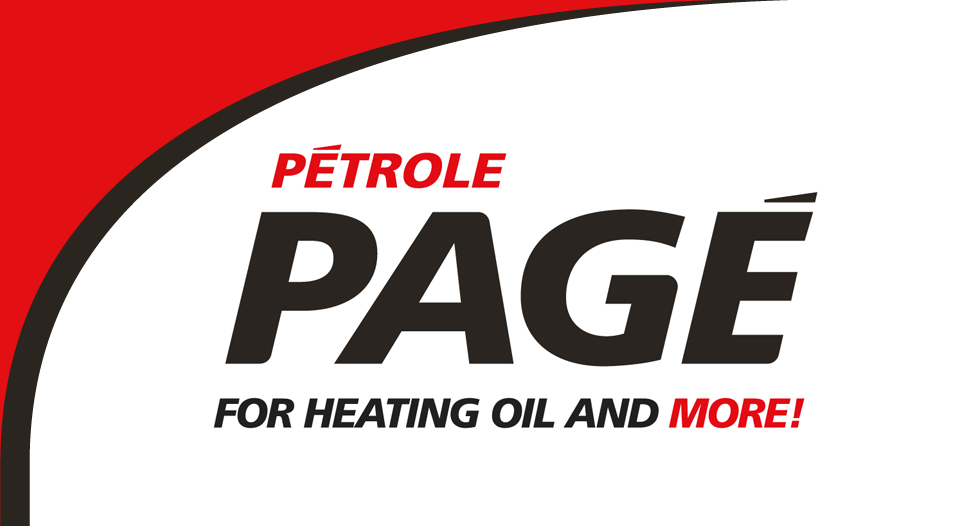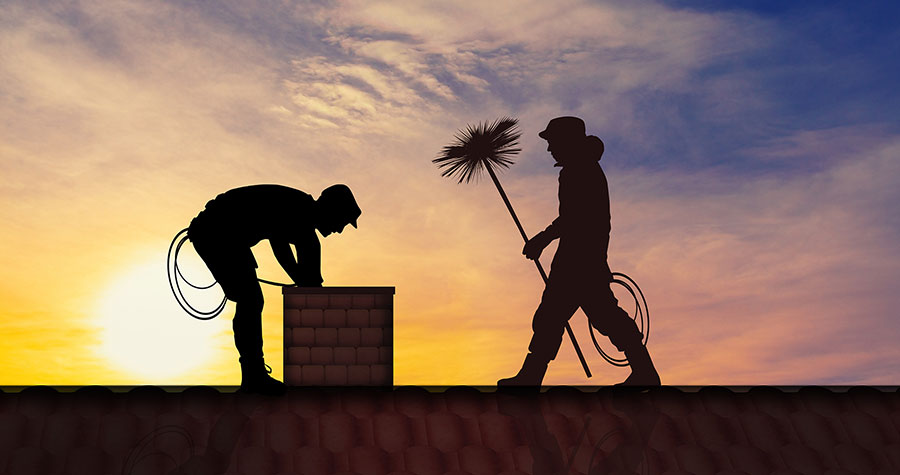To enjoy the warmth and comfort of a wood fireplace or oil-fired furnace, remember that you must properly clean your chimney at least once a year. An incomplete or botched job could mean a chimney fire—or worse!
Every log you burn leaves traces of soot and tar, causing creosote to form (as droplets of tar condense on the chimney walls). The National Fire Code of Canada specifies that a buildup of more than 3 mm (1/8 in.) of creosote or soot particles on the walls of a chimney represents a potential fire hazard. Sweeping a chimney cleans it so that it can properly do its job of venting gases and smoke to the outside.
Do I need to call in a professional?
No special technical skills are required to push and pull a chimney brush and clean out the creosote from a flue. You do need to be extremely thorough, however. And even if you clean out your chimney yourself, you must make sure that the many other components of the venting system are also carefully inspected and properly cleaned. This part of the job must be entrusted to a contractor with a RBQ licence for solid-fuel local heating systems. Have this person clean the venting system as well, at least every three years, if you do the chimney-sweeping part of the task yourself.
A competent chimney sweep technician will inspect the condition of the heating appliance and all its components for damage:
- The chimney cap or crown;
- The caulking around the flashing;
- The interior of the stainless-steel duct or flue tiling;
- Supports and connectors.
The technician will also check the condition of the pipe and “tee” connecting the appliance to the chimney, whether there is sufficient clearance for combustible materials, the operation of the damper and supply air duct, the quality of the firebricks, water infiltration, corrosion, cracks, perforations, bird’s nests, and more.
These periodic checks are essential to ensure the efficient and safe operation of your heating appliance.
Do I also need to sweep the chimney of my oil-fired furnace?
Yes, you do! Your furnace’s heating efficiency—that is, its ability to properly burn all fuel—depends on how often you sweep the chimney and perform other furnace maintenance. Plus, the condition of the chimney directly affects its capacity to vent toxic gases and soot to the outside. Your best bet is to ask your oil-heat system technician at the time of your annual inspecting and cleaning.
For gas-fired systems, no periodic servicing is required, unless specified by the manufacturer.

